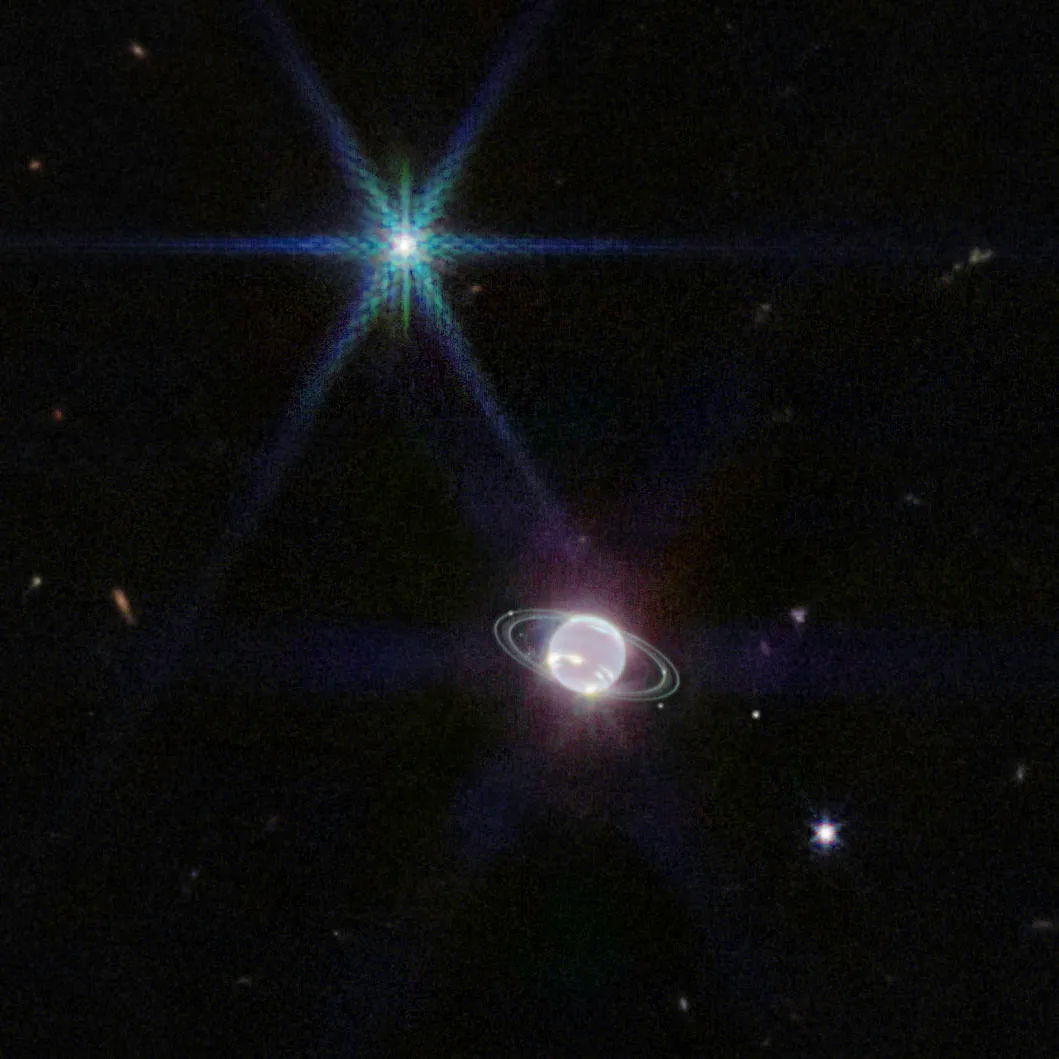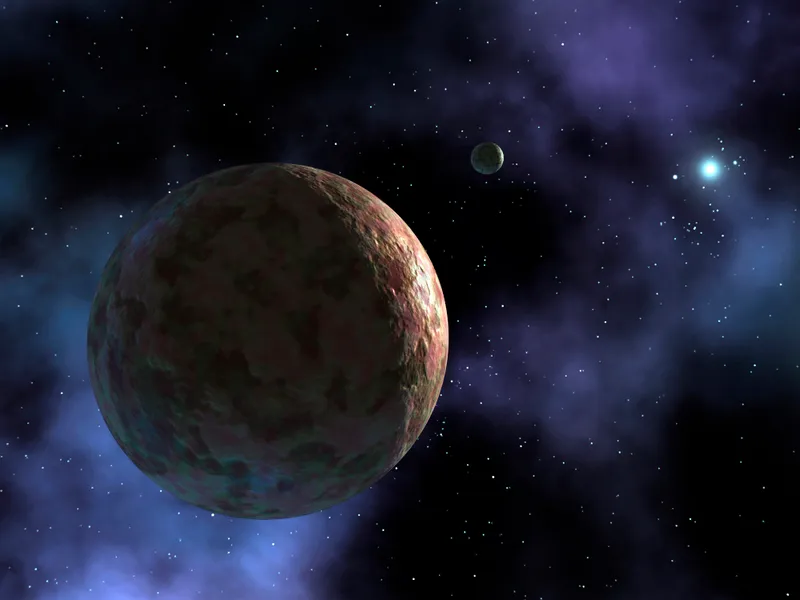Could there be an Earth-like planet 9 on the edge of the Solar System, causing unusual orbits of trans-Neptunian objects?
Trans-Neptunian objects are icy bodies orbiting in the dark, outer recesses of the Solar System beyond the orbit of Neptune.
In recent years, astronomers have noticed a number of oddities about the orbits of some trans-Neptunian objects that cannot easily be explained by any single current model of Solar System development.
One research paper suggests the answer could be an Earth-like planet 9 in the outer reaches of our Solar System.

There are a significant number of trans-Neptunian objects with high orbital inclinations, but they lie too far out to have been gravitationally nudged by Neptune.
Theories such as the close pass of a rogue planet are also unable to properly explain their presence.
Additionally, several ‘extreme’ trans-Neptunian objects have been discovered on exceptionally elliptical orbits at extreme distances from the Sun .
One example is dwarf planet Sedna, which has a perihelion distance of 76 AU (where one AU is the distance between the Sun and Earth) and travels a staggering 937 AU out for its aphelion.
It’s difficult to explain how these worlds became perturbed into such elongated orbits.

Planet 9 in the Kuiper Belt?
One proposed explanation, although currently still pretty controversial, is that such mysteries with the TNOs could be due to the presence of a large, as-yet undiscovered planet in the Kuiper Belt, referred to by some as Planet Nine.
Patryk Sofia Lykawka and Takashi Ito, at Kindai University and the National Astronomical Observatory of Japan, respectively, used computer models of the outer Solar System to study how such a hypothetical Kuiper Belt planet might affect the orbital structure of trans-Neptunian objects.
They found that a roughly Earth-sized planet, 1.5–3 times the mass of our planet, on an elliptical orbit with a perihelion of about 200 AU and inclined out of the plane of the Solar System by around 30°, could explain some of these weird properties of the outer Kuiper Belt.
What’s more, the presence of such an Earth-like Planet 9 planet is also compatible with the observed populations of TNOs in orbits closer to the Sun.

Proof at last?
It’s important to note that this research falls far short of an actual detection of an Earth-mass planet in the far outer Solar System.
There is no direct observational evidence for this.
Instead, what Lykawka and Ito are saying is that the potential existence of such a planet is at least consistent with certain observed characteristics of the outer Solar System, and indeed may be the cause behind some of them.
But most importantly for such extraordinary claims, the astronomers make specific predictions about other features that would be created by such a planet.
Namely, the existence of two populations of TNOs beyond 150 AU that have been perturbed by the Kuiper Belt planet’s gravity.
Crucially, these predictions can be tested by future observations and so provide the means by which the existence of such an Earth-sized planet could be either corroborated or refuted – a crucial part of science.
If there is in fact such a planet hidden in the Kuiper Belt, it would not only represent an exciting discovery in itself, but, as Lykawka and Ito say, could also offer new insights into our understanding of how planets form and the orbital development of the Solar System beyond Jupiter.
Lewis Dartnell was reading Is There an Earth-like Planet in the Distant Kuiper Belt? by Patryk Sofia Lykawka and Takashi Ito. Read it online at: arxiv.org/abs/2308.13765
This article appeared in the November 2023 issue of BBC Sky at Night Magazine.
